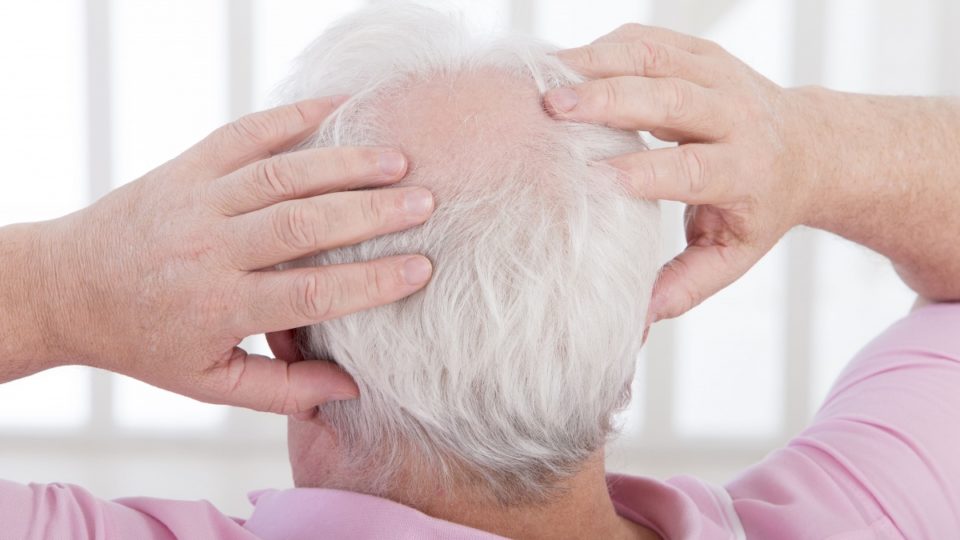
Hair loss and balding can cause major concerns for anyone who experiences it. For many, one’s hair is a sense of identity and saying goodbye to it can be difficult.
Hair loss is a common occurrence for male and females. According to the Australian Institute of Hair Restoration, “a person will naturally shed an average of 50 to 150 hair strands in one day”.
A report by the International Society for Hair Restoration Surgeons (ISHRS) found that “40 per cent of men will have noticeable signs of baldness by the time they hit the age of 35 years old”.
This grows to 65 per cent by the time they hit 60 years old and 70 per cent by the age of 80.

What causes balding?
Hair loss, also known as alopecia, is a particular condition that causes patches of baldness around the body like the head.
Dermatologist Dr Aaron Boyce, from the Dermatology Institute of Victoria told The New Daily a number of conditions cause hair loss.
“Some have a complicated genetic component. The most common types are androgenic alopecia and alopecia areata,” Dr Boyce said.
Androgenic alopecia is a hair loss that primarily affects the top and front of the scalp. In men, it presents as a receding hairline while in females it typically presents as a thinning of the hair.
Alopecia areata is a spot baldness that results in a few bald spots that are the size of a cold coin.
Genetic factors play a major role – one’s mother’s or father’s genes can determine a person’s susceptibility to the condition.
It can also be caused by:
- Thyroid disease
- Anaemia
- Protein deficiency
- Chemotherapy
- Low vitamin levels
- Hair styling
- Infections
What are the common signs of balding?
Some common signs of balding include an abrupt change in the way one’s hair can be styled, slower hair growth, thinning around temples, receding hairline and hair stuck in the sink or in a hair brush.
Is there a cure for balding?
No, there is no exact cure for balding.
“There is no cure, however there are treatments available that differ between men and women,” said Dr Boyce.
“For androgenic alopecia, treatments are hormonal which block hair loss from progressing or designed to stimulate hair growth.”
The ISHRS 2017 Practice Census Results found that in 2016 more men than women had surgical procedures.
On average, 85.7 percent of procedures were performed on men, while 14.3 percent were performed on women.
Can you reverse balding?
Age-related hair loss is hard to reverse but some people resort to treatments to control it.
This includes vitamin supplements, zinc, hair lotions and regular massages.
[“Source-thenewdaily”]
